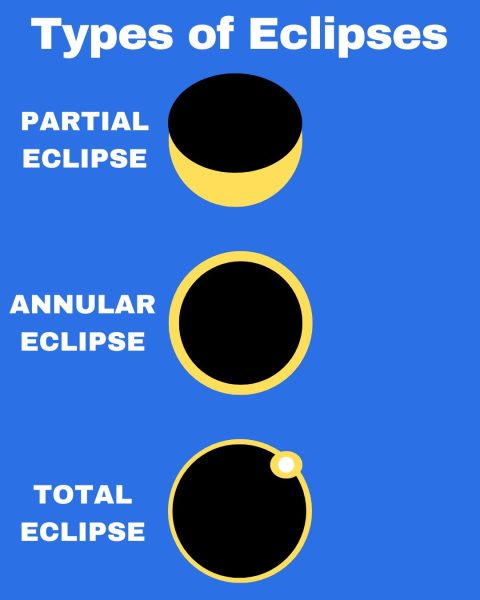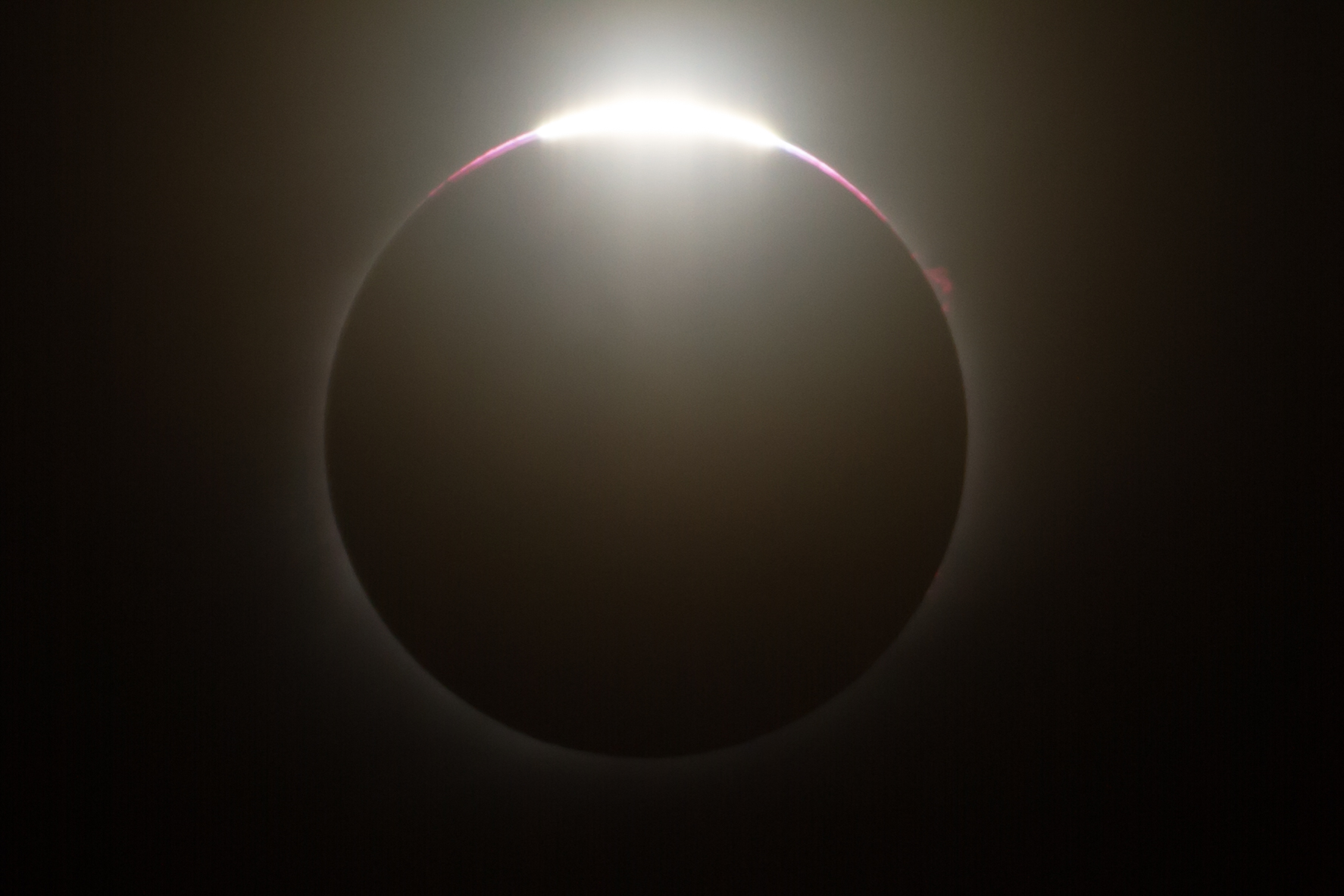An annular solar eclipse will be happening in the west of the United States on Oct. 14. Even though we aren’t on the path to see the full eclipse happen, we will still be affected. Where we sit right now, Missouri is set to experience at least 50% annularity, or about half. We will only see a partial eclipse unlike those who are right in the path.
For those in the path, annularity will last about five minutes and even less for those outside of the path. In Lake Saint Louis, the eclipse begins at 10:31 a.m. and reaches its maximum peak at 11:55 p.m. It will end at 1:25 p.m. Even though we will only see a partial eclipse, hearing about a solar eclipse or even an annual one is a huge deal. The last time the United States experienced any type of eclipse was all the way back in 2017. This year, we get “the ring of fire.”
The annular eclipse is referred to as the “ring of fire” because the moon does not completely cover the sun. Unlike with a solar eclipse, the moon completely covers the sun whereas with an annular eclipse, the moon is just small enough to cover most of the sun except for the outermost part. This is where you get the name “ring of fire” as it looks like there is a ring of fire around the moon as it tries its best to cover the sun. The “ring of fire” will last a total of five minutes on its eclipse path and even less for those who are not in the path.

Even if you aren’t on the path, if you want to look at the eclipse, you should still be prepared. To safely view the sun, you need a pair of eclipse glasses. Eclipse glasses range from being generic or super fun and colorful. You can also look at the eclipse with a telescope, but make sure the telescope has a proper filter to not hurt your eyes. It is also recommended to wear sunscreen if you will be outside for an extended period of time to watch the eclipse. For those who can’t get outside, or who aren’t in the path like we are, there are many people online who have shared they will be taking videos and livestreaming the eclipse from the path so you won’t miss out.
Sure, it isn’t great as we aren’t in the path of the annular eclipse but don’t worry, annular eclipses aren’t rare. Annular eclipses happen every 2-3 years, the most recent one was in 2020. But, if you really need to see this one, make sure you book a hotel or campsite fast as most have already been booked up. If you aren’t in the path, don’t worry either as there will be a total solar eclipse on April 8, 2024. Lucky enough for us, Missouri is in the direct path of the 2024 total eclipse.
Additional information for the annular eclipse can be found here. Be safe and enjoy the annular eclipse.



